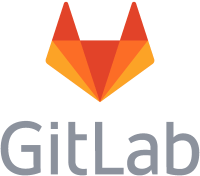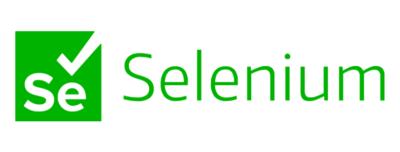by Alexandre Codinach
Successful IBM i application modernization projects are those that find the right balance between IT and business objectives.
These objectives can take the form of:
- Improved system maintainability, flexibility, and scalability
- Adoption of new tools and methods of development
- Reduced risks and operational costs
- Reduced time to market
- Improved customer satisfaction and productivity
- Easier hiring of skilled resources
Whatever the reason for a modernization project for a legacy system like IBM i, it is important to identify some key points for the success of the project:
1. Obtain backing from general management
Whatever its scope, a modernization project is a business project that goes beyond IT issues alone. The stakes relate to the performance of the company, its development and sometimes its survival, although the subject matter may be somewhat obscure to the layman.
Tip: “Popularize” the modernization project by conveying the business value associated with the technical gain. Translate the technical argument into a business argument, and weigh any short-term impacts against the Return on Investment at the end of the project. Secure management backing right at the start through an understanding of the business value gained from modernization and the risk of inaction.
2. Define an overall modernization roadmap
In such a project, not everything can, or must, be modernized.
We are dealing not with modernization but modernizations (in plural). The approach must not be “manichean”. Techniques like modernization of the existing system, reengineering and / or software packages are not necessarily incompatible.
The “silver bullet” from new to modern does not exist. Complete renewal within 3 years is a fantasy. Modernization is a continuous, staged process, which must interleave quick wins and longer term goals.
Tip: Plan regular communication points so that everyone in the organization visualizes and understands the issues. Including resources from the business side and defining clear business indicators will help this process.
3. Involve staff early, to include all impacted parties
Just like any IT project, even when it outsourced, modernization consumes staff resources.
Over and above the technical side of the project, it is important to take into account an overall change management process within the organization, from IT right through to the business users whose interaction with the application can be changed significantly in such a way as to impact their daily work.
Tip: Involve impacted staff right from the analysis phase of the project, to participate in the decision making process and be the first lever of communication with the teams.
4. … Secure through automation
As work is underway, business must go on: modernizing must NOT mean putting projects on hold and ceasing to deliver new features needed by the business lines.
Automating your application lifecycle reduces risks and increases the productivity of IT staff by allowing them to focusing on value-added work. In the end, this means it will be easier to allocate resources.
Continuous integration and deployment (CI / CD) will help you reduce development times and secure the reliability of applications in production.
5. Test for non-regression
Often it is only internal teams and sometimes even only the business users that are able to provide useful scenarios for regression testing. Prepare these scenarios carefully before the project.
You must be able to verify that the modernization process, however wide-reaching, has not resulted in unexpected side effects that could degrade the operation of your application.
Finally, if you do use external teams for all or part of your project, ensure that a non-regression guarantee is included.
It is vital to ensure that the system will continue to meet requirements.
With our ARCAD verifier tool, run an test before each transfer to production as part of your ongoing DevOps process.
Tip: Benefit from the investment in testing needed for this project to bring long term improvements in your company’s testing process.
Conclusions
- Communicate on, and build support for, your project
- When defining the scope of your project, run a functional audit in addition to the technical audit
- Anticipate the staffing needs to complete your project
- Secure the project through automation, to ensure application availability for your end users
- Check that the system continues to meet requirements using automated regression testing

Alexandre Codinach
VP Sales and Operations Americas
Alexandre Codinach has 30 years of IBM i experience, both technical and managerial, with specialized expertise in the field of IBM i modernization. With a 360 degree view of IBM i, Alexandre has excelled in many roles, including application architecture, project management, pre-sales and consulting. As ARCAD COO, his in-depth knowledge of IBM i technology and ability to coordinate large, complex IBM i projects on an international scale have made him a trusted advisor in the rollout of ARCAD’s “Modernization as a Service” projects worldwide.

REQUEST A DEMO
Let’s talk about your project!
Speak with an expert




















